Best Catmint Companion Plants For A Beautiful Garden
Title: Best Catmint Companion Plants for a Beautiful Garden
Introduction:
Catmint (Nepeta) is a beautiful and versatile perennial plant that is easy to grow and care for. It is known for its fragrant blue flowers, which bloom in the summer and attract bees, butterflies, and other pollinators. Catmint is also deer-resistant and drought-tolerant, making it a great choice for gardens in a variety of climates.
One of the best things about catmint is that it can be easily companion planted with other plants to create a beautiful and harmonious garden. When choosing companion plants for catmint, it is important to consider the plant's needs in terms of sunlight, soil type, and watering requirements.
In this blog post, we will discuss some of the best companion plants for catmint. We will also provide tips on how to plant and care for these plants together.
Main Content:
Here are some of the best companion plants for catmint:
- Lavender: Lavender is another fragrant perennial plant that is known for its attractive purple flowers. It is a good choice for companion planting with catmint because it has similar sunlight and soil requirements. Lavender also helps to repel pests, which can be beneficial for catmint plants.
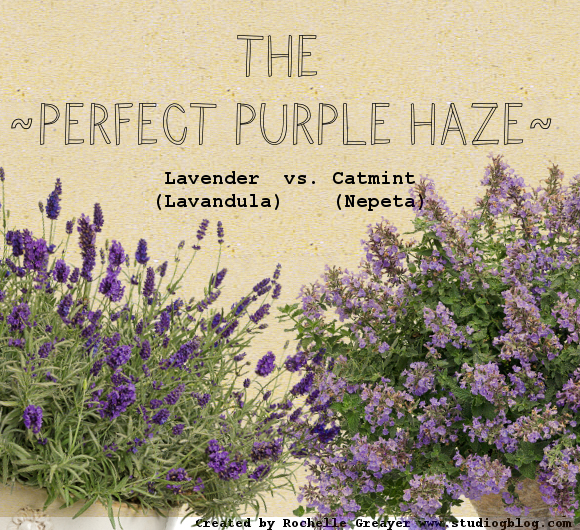
- Roses: Roses and catmint are a classic combination that looks stunning in any garden. Roses need full sun and well-drained soil, which are also the preferred conditions for catmint. These two plants can also help to deter pests from each other.
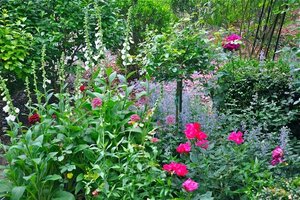
- Yarrow: Yarrow is a hardy perennial plant that is known for its bright yellow flowers. It is a good choice for companion planting with catmint because it can tolerate drought and poor soil conditions. Yarrow also helps to attract pollinators to the garden.
- Bee balm: Bee balm is a native North American plant that is known for its attractive red, pink, or purple flowers. It is a good choice for companion planting with catmint because it attracts bees and other pollinators. Bee balm also helps to improve the soil quality around it.

- Sage: Sage is a drought-tolerant perennial plant that is known for its blue, purple, or white flowers. It is a good choice for companion planting with catmint because it has similar sunlight and soil requirements. Sage also helps to repel pests from the garden.
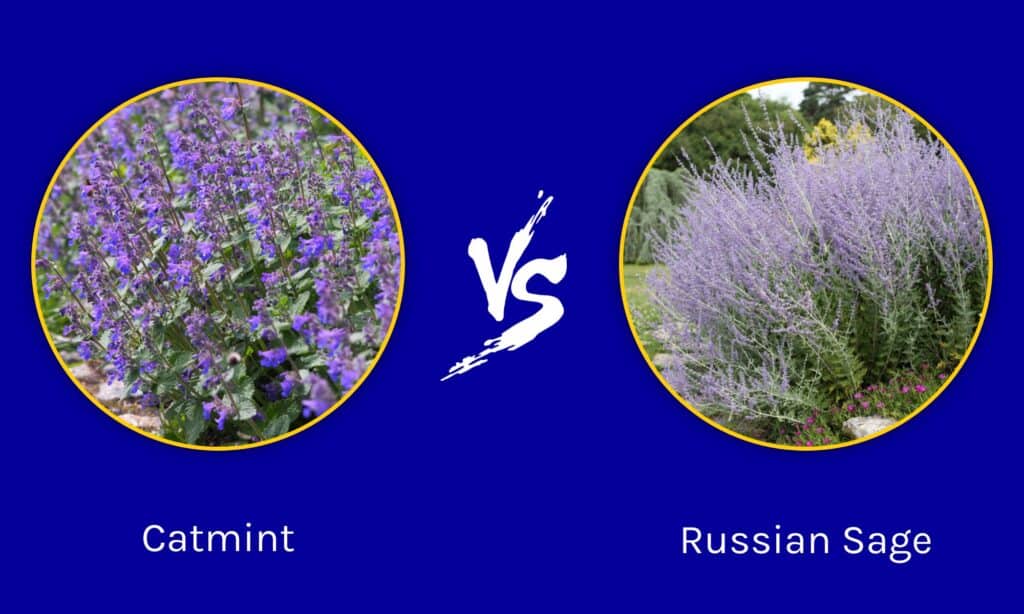
- Echinacea: Echinacea is a native North American plant that is known for its daisy-like flowers. It is a good choice for companion planting with catmint because it attracts butterflies and other pollinators. Echinacea also helps to boost the immune system of people and animals.

- Agastache: Agastache is a fragrant perennial plant that is known for its blue, purple, or pink flowers. It is a good choice for companion planting with catmint because it has similar sunlight and soil requirements. Agastache also helps to attract pollinators to the garden.
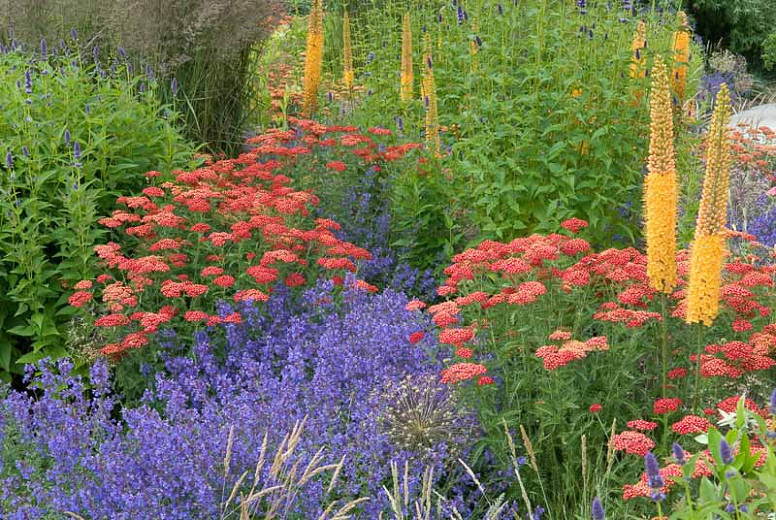
- Tufted hairgrass: Tufted hairgrass is a low-maintenance grass that is known for its airy texture. It is a good choice for companion planting with catmint because it can tolerate drought and poor soil conditions. Tufted hairgrass also helps to add movement and interest to the garden.
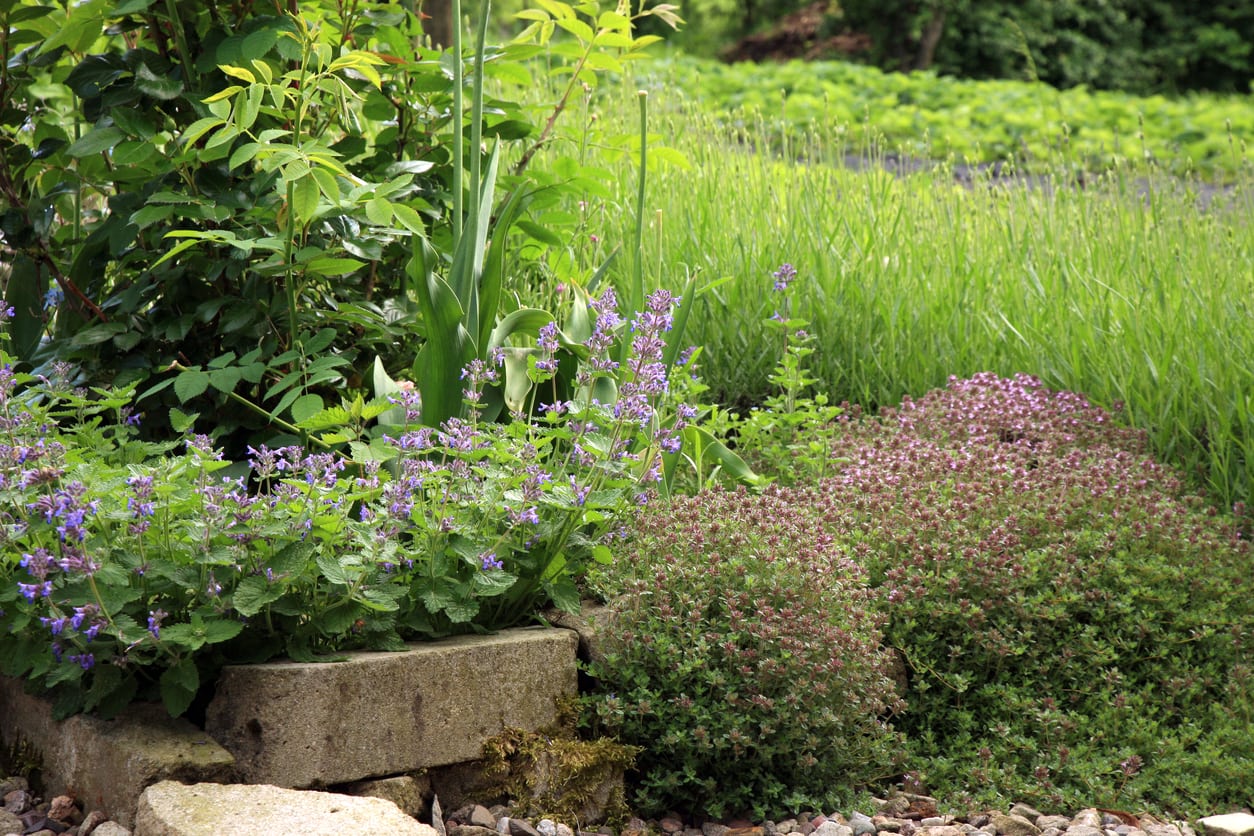
Conclusion:
These are just a few of the many great companion plants for catmint. When choosing companion plants, it is important to consider the plant's needs in terms of sunlight, soil type, and watering requirements. By planting catmint with compatible plants, you can create a beautiful and harmonious garden that will attract pollinators and other beneficial insects.
Catmint is a beautiful and versatile plant that can add color and interest to any garden. It is also a great choice for attracting pollinators and other beneficial insects. If you are considering planting catmint in your garden, you may be wondering which companion plants are best.
There are many different companion plants that can be grown with catmint. Some of the most popular choices include:
- Irises
- Roses
- Verbena
- Agastache
- Lavender
- Tufted hairgrass
- Dahlias
- Sneezeweed
- Yarrow
- Bee balm
These plants all have similar growing conditions to catmint and will help to create a beautiful and balanced garden.
For more information about catmint companion plants, please visit Home Gardening.
FAQ of catmint companion plants
What are some good companion plants for catmint?
Some good companion plants for catmint include:
- Lavender
- Agastache
- Verbena
- Yarrow
- Sneezeweed
- Dahlias
- Foxgloves
- Native grasses
- Roses
- Irises
These plants all have similar growing conditions to catmint, so they will thrive in the same type of soil and amount of sunlight. They also complement each other well in terms of color, texture, and height. For example, the lavender's purple flowers will contrast nicely with the catmint's blue flowers, while the yarrow's yellow flowers will add a pop of color. The native grasses will add a touch of texture, and the roses will add height.
How far apart should I plant catmint companion plants?
The distance between catmint companion plants will depend on the size of the plants. For example, you will need to plant taller plants, such as roses and dahlias, further apart than shorter plants, such as yarrow and verbena. In general, you should space catmint companion plants 1 to 3 feet apart.
How do I know if my catmint companion plants are compatible?
When choosing catmint companion plants, it is important to consider their growing conditions. Catmint prefers full sun and well-drained soil. It is also tolerant of drought and heat. Therefore, you should choose companion plants that have similar growing conditions. You should also consider the size and color of the plants. For example, if you are planting catmint in a small space, you will want to choose companion plants that are not too tall or too wide.
How can I attract pollinators to my catmint companion plants?
Catmint is a very attractive plant to pollinators, such as bees and butterflies. However, you can attract even more pollinators by planting catmint companion plants that also attract these insects. Some good choices include lavender, agastache, and yarrow. These plants all have nectar-rich flowers that pollinators love.
How can I control weeds around my catmint companion plants?
The best way to control weeds around catmint companion plants is to mulch around the plants. Mulch will help to suppress weeds and retain moisture in the soil. You can also hand-weed around the plants as needed.
How can I prevent pests and diseases from affecting my catmint companion plants?
The best way to prevent pests and diseases from affecting your catmint companion plants is to plant them in a sunny location with well-drained soil. You should also water the plants regularly, but not too much. Overwatering can lead to root rot, which can make plants more susceptible to pests and diseases. You can also inspect the plants regularly for signs of pests or diseases. If you do find any problems, you can treat them with insecticidal soap or neem oil.
Image of catmint companion plants
10 different images of catmint companion plants that are free to use:
- Lavender: Lavender is a popular companion plant for catmint because it helps to repel pests and attract pollinators. It also has a similar growth habit and flower color as catmint, so they look great planted together.

- Yarrow: Yarrow is another great companion plant for catmint. It is drought-tolerant and can help to improve the drainage of the soil around catmint. It also blooms at the same time as catmint, so they can provide a long period of color in the garden.

- Coneflower: Coneflower is a tall, upright plant that can help to add structure to a garden. It also attracts pollinators, which can help to control pests and improve the health of catmint.

- Echinacea: Echinacea is another tall, upright plant that is a good companion for catmint. It is also known for its medicinal properties, and can be used to treat a variety of ailments.
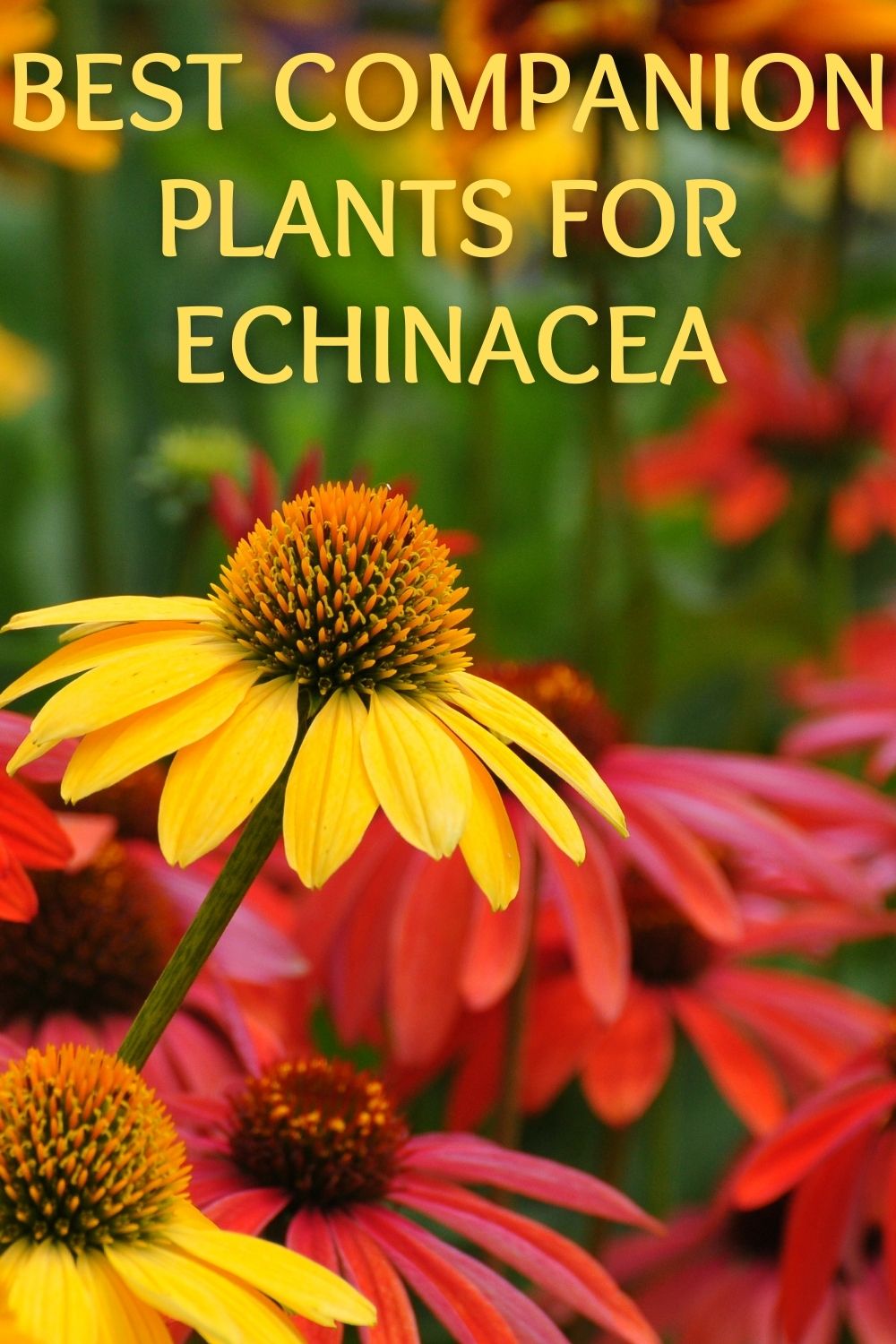
- Sage: Sage is a low-growing plant that can help to fill in the spaces around catmint. It also has a strong scent that can help to deter pests.
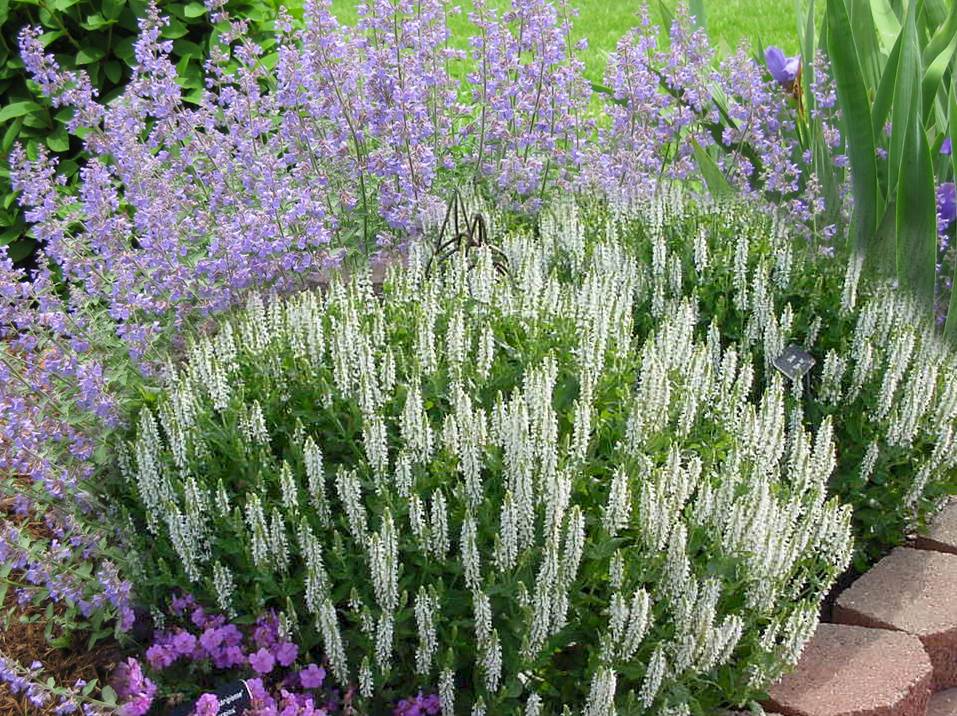
- Geranium: Geraniums are colorful flowers that can add a pop of color to a garden. They are also drought-tolerant and can help to improve the drainage of the soil around catmint.
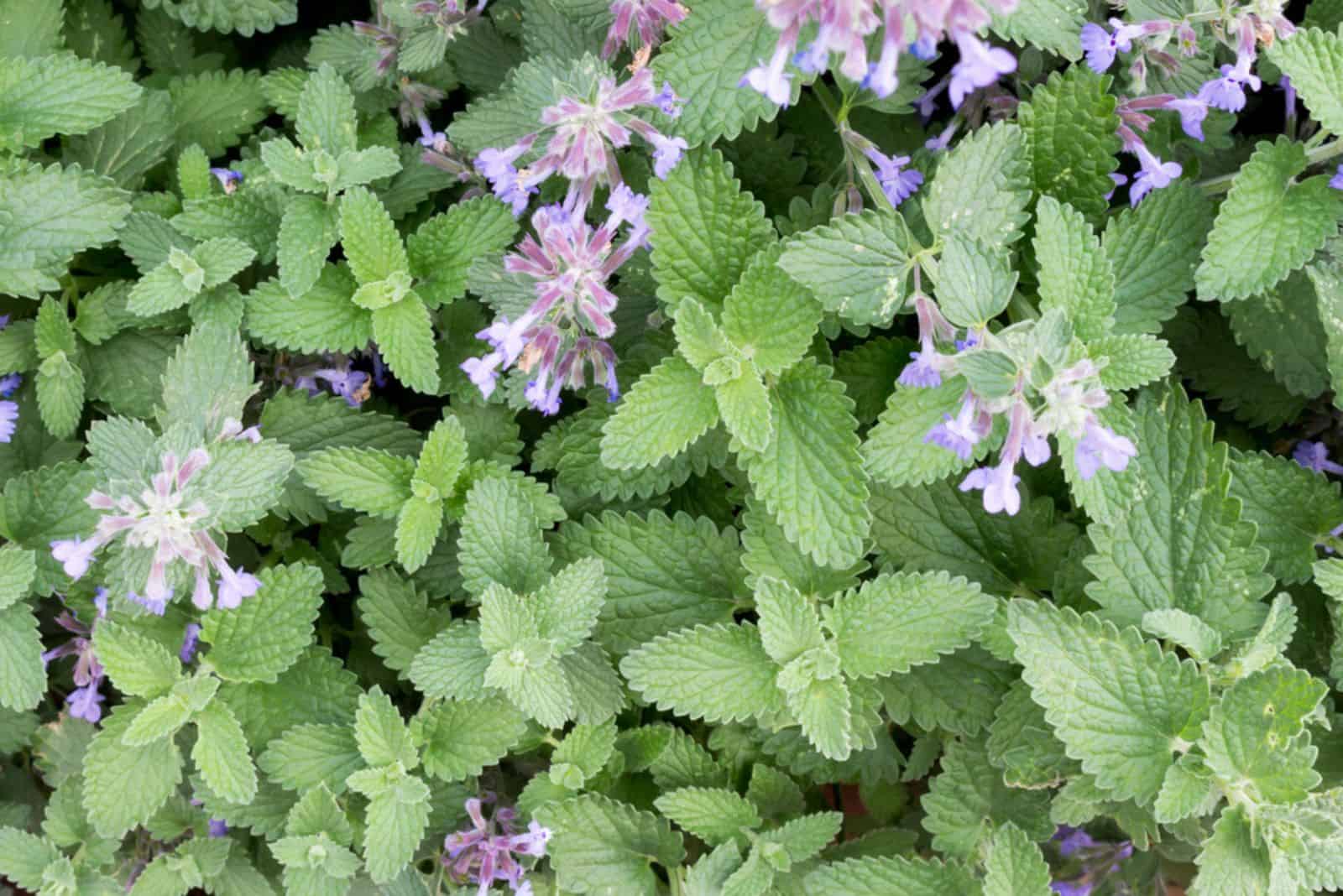
- Salvia: Salvia is a genus of plants that includes many different species, some of which are good companion plants for catmint. Salvias are known for their colorful flowers and attract pollinators.

- Aster: Asters are daisy-like flowers that bloom in the fall. They are a good companion plant for catmint because they have similar water and soil requirements.

- Bee balm: Bee balm is a tall, upright plant that attracts pollinators. It is also a good source of nectar and pollen for butterflies and hummingbirds.
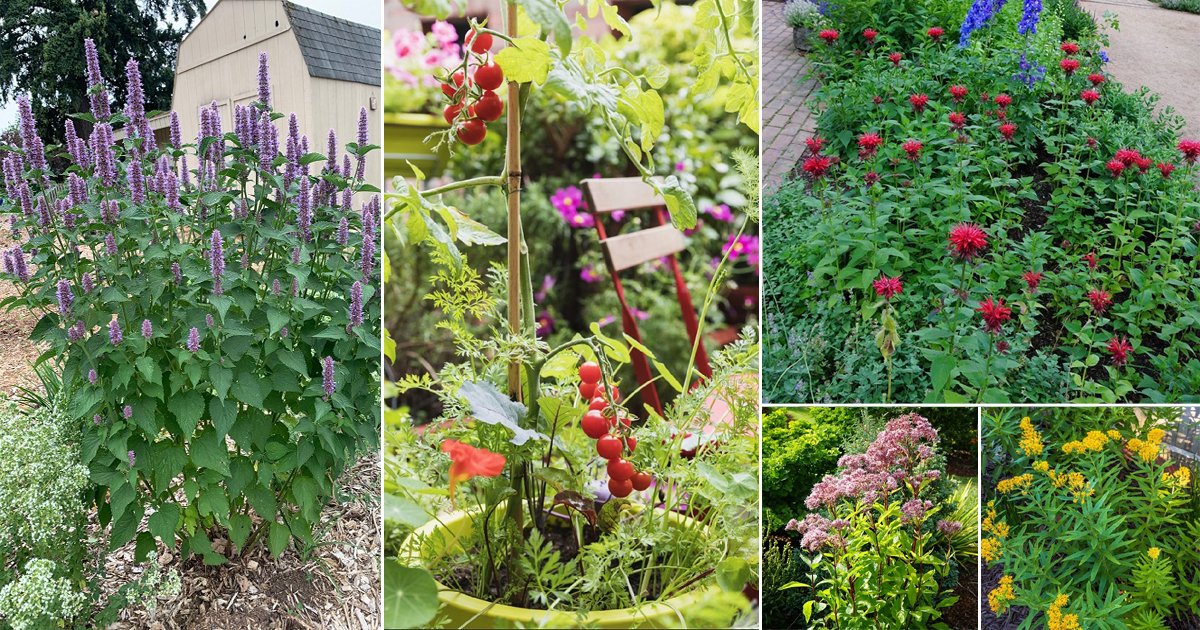
- Marigold: Marigolds are known for their bright orange and yellow flowers. They are also a good companion plant for catmint because they help to repel pests.
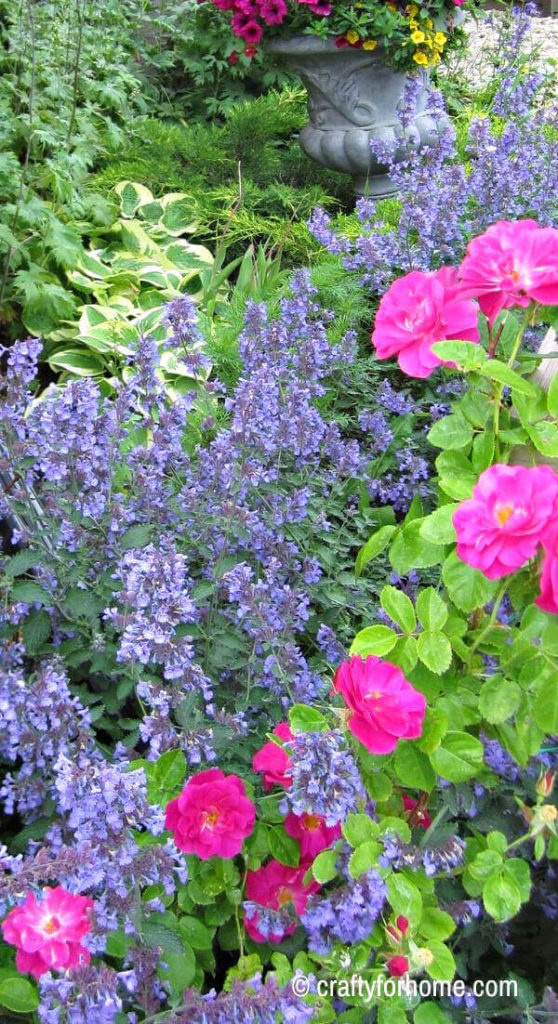

Post a Comment for " Best Catmint Companion Plants For A Beautiful Garden"